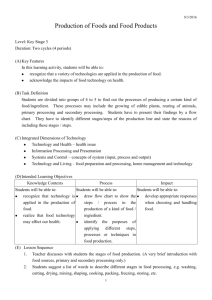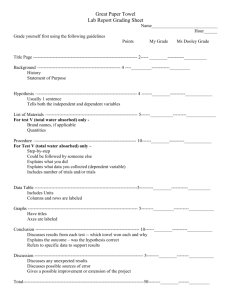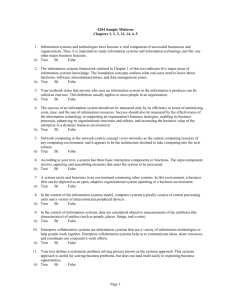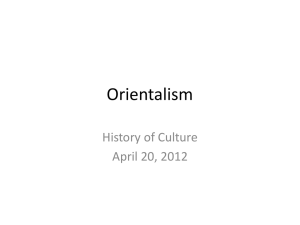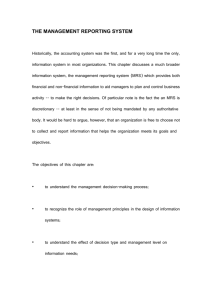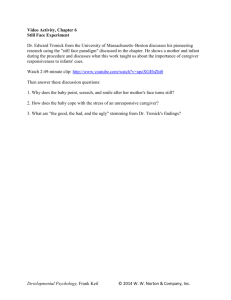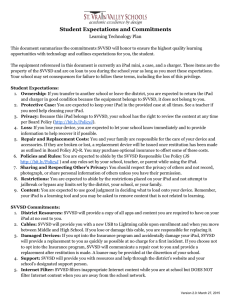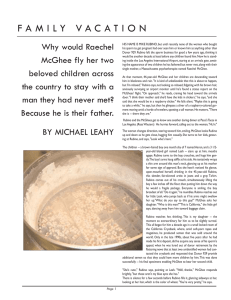Dear AP Statistics Student - rubinomath
advertisement
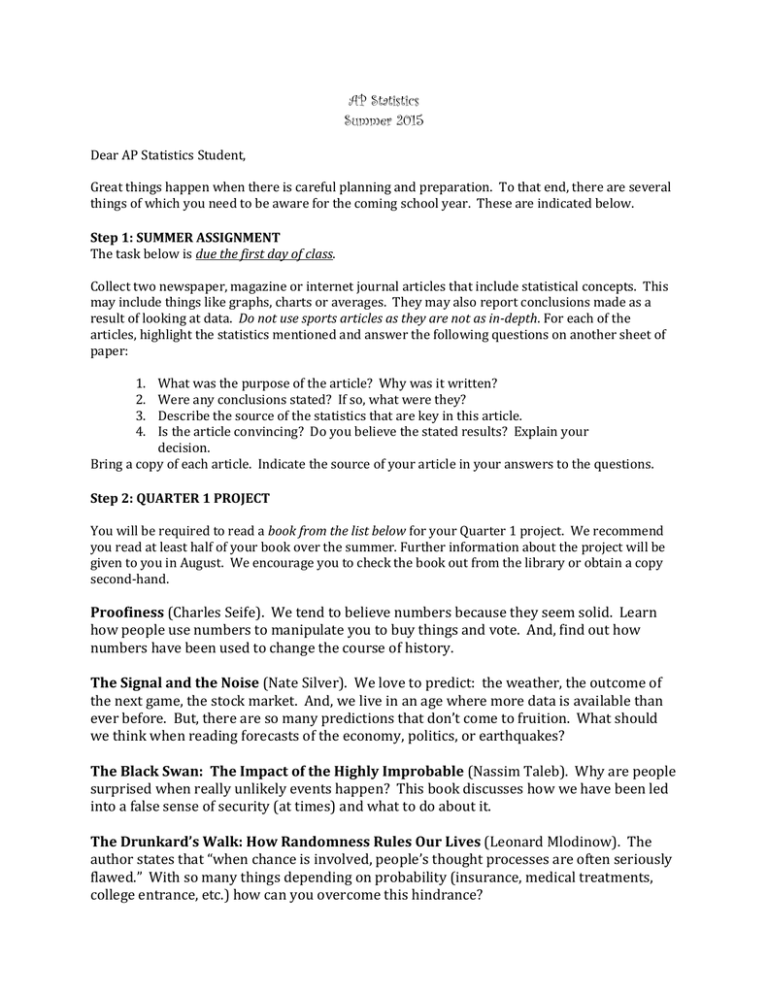
AP Statistics Summer 2015 Dear AP Statistics Student, Great things happen when there is careful planning and preparation. To that end, there are several things of which you need to be aware for the coming school year. These are indicated below. Step 1: SUMMER ASSIGNMENT The task below is due the first day of class. Collect two newspaper, magazine or internet journal articles that include statistical concepts. This may include things like graphs, charts or averages. They may also report conclusions made as a result of looking at data. Do not use sports articles as they are not as in-depth. For each of the articles, highlight the statistics mentioned and answer the following questions on another sheet of paper: 1. 2. 3. 4. What was the purpose of the article? Why was it written? Were any conclusions stated? If so, what were they? Describe the source of the statistics that are key in this article. Is the article convincing? Do you believe the stated results? Explain your decision. Bring a copy of each article. Indicate the source of your article in your answers to the questions. Step 2: QUARTER 1 PROJECT You will be required to read a book from the list below for your Quarter 1 project. We recommend you read at least half of your book over the summer. Further information about the project will be given to you in August. We encourage you to check the book out from the library or obtain a copy second-hand. Proofiness (Charles Seife). We tend to believe numbers because they seem solid. Learn how people use numbers to manipulate you to buy things and vote. And, find out how numbers have been used to change the course of history. The Signal and the Noise (Nate Silver). We love to predict: the weather, the outcome of the next game, the stock market. And, we live in an age where more data is available than ever before. But, there are so many predictions that don’t come to fruition. What should we think when reading forecasts of the economy, politics, or earthquakes? The Black Swan: The Impact of the Highly Improbable (Nassim Taleb). Why are people surprised when really unlikely events happen? This book discusses how we have been led into a false sense of security (at times) and what to do about it. The Drunkard’s Walk: How Randomness Rules Our Lives (Leonard Mlodinow). The author states that “when chance is involved, people’s thought processes are often seriously flawed.” With so many things depending on probability (insurance, medical treatments, college entrance, etc.) how can you overcome this hindrance? Panicology: Two Statisticians Explain What’s Worth Worrying About (Briscoe & Aldersey-Williams). Should you be concerned about meteors, terrorism, or ebola? The authors discuss the statistics behind events to which the media draws our attention. Naked Statistics (Charles Wheelan). Are you feeling a little in the dark about AP Statistics? This book overviews the four main ideas of statistics and what can go wrong with each. Struck By Lightning: The Curious World of Probabilities (Jeffrey S. Rosenthal). Should you play the lottery? Should you ask a co-worker on a date? This book discusses how probability and statistics affect our lives. Standard Deviations (Gary Smith). The sub title of this book says a lot: “Flawed Data, Tortured Statistics, and Other Ways to Lie with Statistics.” The book discusses the ways that data are gathered and wrongly mangled to make conclusions that can be misleading (at best) and intentionally deceptive (at worse). Tainted Truth: The Manipulation of Fact in America (Cynthia Crossen). How can dangerous drugs and products make it to the marketplace? What happens when companies sponsor studies? This book discusses the danger of blindly relying on data. Step 3: Get Familiar with the BOOK and TECHNOLOGY In the first two weeks of class we will go quickly through the content in the first five chapters of the book. Read those chapters and take notes on the important information. You may check out a book beginning May 20. This will be your book for the course We will also be working with technology during the course. The TI-84 Plus Silver Edition has the best statistical package on it of the eighty-somethings. However, the TI-83 is adequate. Additionally, we will be using Excel for the Quarter 2 Project. Please take some time this summer to learn how to use the basic functions of the program if you have not done so already. For data sets to manipulate in Excel, go to the website for the textbook. You can find a link to the textbook website from Ms. Rubino’s website: rubinomath.pbworks.com Mrs. Roberts’ website: http://sites.google.com/a/svvsd.org/roberts-schs Both websites are linked from SCHS->Staff->Teachers. You may wish to have a couple of additional resources available as you prepare for the AP Statistics Exam. Barron’s AP Statistics guide has features that will help you with sample questions and alternative explanations. Seeing Through Statistics by Jessica Utts is a book written for the general public. These two books are optional. Sincerely, Ms. Rubino rubino_carmen@svvsd.org Mrs. Roberts roberts_hilarie@svvsd.org
